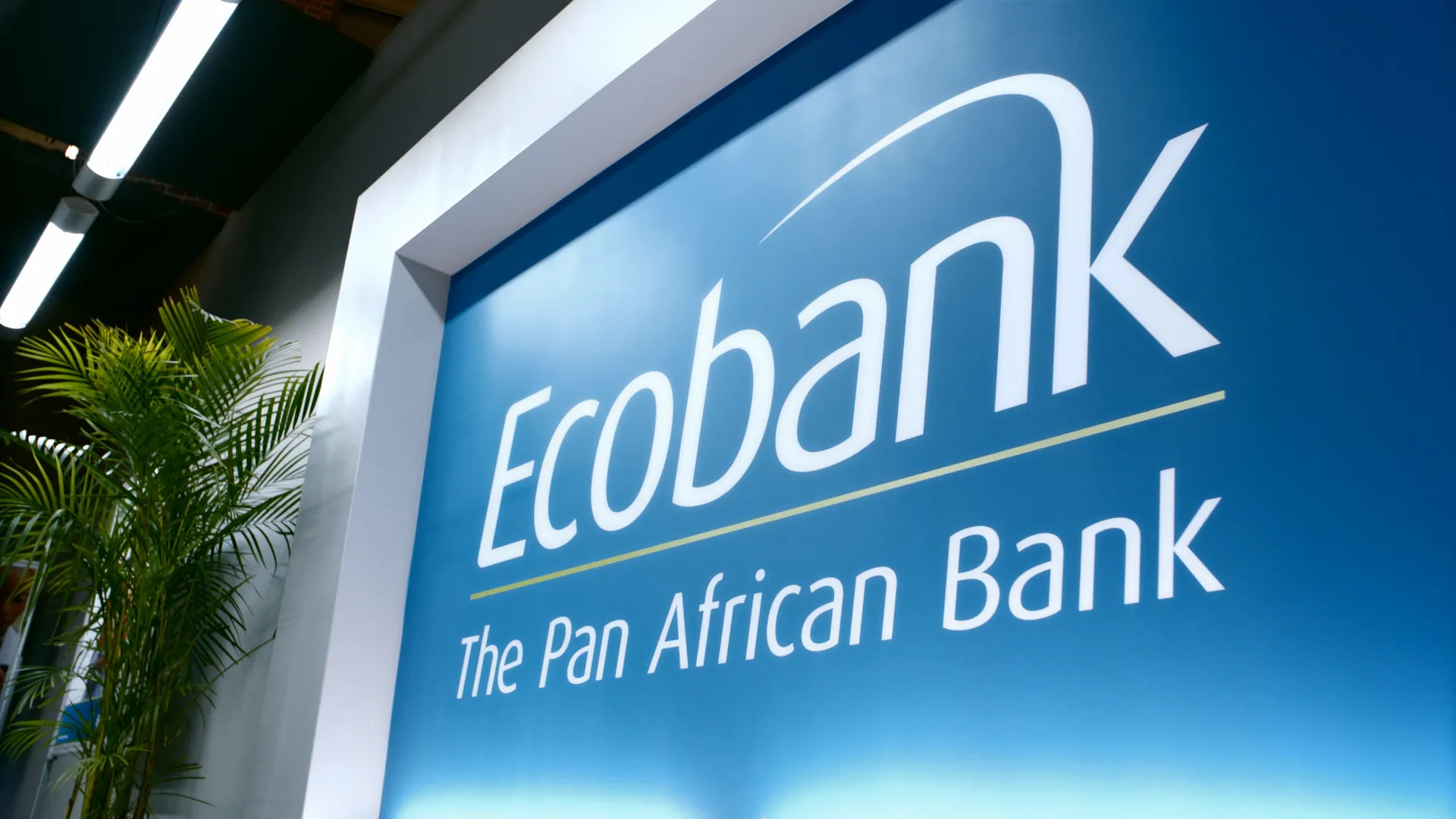
The Absa Africa Financial Markets index scoring is based on six main pillars: the availability and diversity of financial products and the ease of trade; the transparency, accessibility and fairness in foreign exchange markets; transparency in tax regulations, corporate and sovereign credit ratings and the overall openness of financial systems; domestic pension fund development; and macroeconomic stability and transparency. The index also takes into account the presence and enforceability of legal standards.
The overall rankings in this year’s index remained consistent, with the top three countries holding their positions from last year. South Africa once again secured first place, maintaining its lead for the eighth consecutive year. Despite slower economic growth, South Africa’s well-established and developed financial market system continues to set the benchmark in multiple areas. Mauritius came second, while Nigeria maintained third place, with Uganda, Botswana and Ghana following.
This year’s index shows widespread progress made across Africa, with 23 countries in the index seeing their scores improve. This marks the first year where all six pillars of the index witnessed more countries increasing their scores than decreasing.
Delivering a presentation on the findings of the index, Nikhil Sanghani, MD of the OMFIF’s Economic and Monetary Policy Institute, said there has been an overall improvement in market depth across Africa, with 19 countries experiencing growth.
This was attributed not only to more favourable local financial conditions, which have bolstered the size and liquidity of domestic equity and bond markets across Africa, but also to significant structural advancements.
Egypt, he said, exemplifies this progress, showing the largest rise in market depth with an increase of 11 points, reaching a score of 53, with “the introduction of trading on secondary markets for treasury bills for the first time, which has significantly improved its score for the size of the sovereign bond market as well as its liquidity.”
Also notable is the rise of Environmental, Social and Governance (ESG) and Islamic financial products, as well as green bonds, which have been introduced in markets across Kenya, Zambia, Botswana, and Rwanda.
Moreover, several countries plan to diversify further – Uganda is exploring sukuk bonds, and both Malawi and Morocco are looking to launch Exchange-Traded Funds (ETFs) soon, indicating a sustained trend of new asset types emerging across African markets. South Africa was adjudged to be the highest scorer under market depth, with the “largest, most liquid, and most advanced financial market on the continent”.
The index shows a mixed performance across African countries in transparency and access within foreign exchange markets. South Africa again led this pillar but saw a slight decline in its score due to “slightly weaker FX reserve adequacy, which we measure in terms of months of imports,” said Sanghani.
Notably, however, more countries improved than declined in this pillar, as some benefitted from favourable global financial conditions and lower food and fuel prices.
These factors helped many commodity-importing nations rebuild FX reserves, though many countries are still struggling with a lack of foreign exchange, with six nations holding reserves below the standard adequacy threshold of three months of imports.
In terms of specific improvements, Madagascar saw substantial progress in interbank FX liquidity, while Tanzania introduced a new FX Code of Conduct that increased transparency in its interbank markets. Additionally, recent FX reforms in Nigeria, Ethiopia, and Egypt aim to create more market-based FX regimes.
Further developments include renewed access to international capital markets. After a drought last year, four sub-Saharan countries – Benin, Côte d’Ivoire, Kenya, and Senegal – issued international bonds in the first half of this year. Debt restructuring in Ghana and Zambia, along with ongoing negotiations in Ethiopia, also promises to improve capital market access.
Sanghani added that new initiatives like diaspora bonds are gaining traction, with Kenya and Cabo Verde actively exploring ways to attract diaspora savings into local investments.
Mauritius, South Africa, and Egypt lead the rankings this year in market transparency, tax, and regulatory environments. Sanghani pointed out that more countries have improved their scores than declined, a trend seen across all six pillars.
The improvement is largely attributed to the rise in corporate credit ratings by international rating agencies like Moody’s, Fitch, and S&P, which enhance transparency for investors. “It’s not necessarily what credit rating they achieve, but just the fact that they have a rating, which provides more transparency for investors.”
Fifteen countries now offer incentives like tax breaks for issuing ESG assets, while 23 countries have formally integrated ESG into their market frameworks.
Pension fund development
In local pension fund development, Namibia leads for the fifth consecutive year, with pension assets per capita nearing $5,000, the highest on the continent.
Other Southern African nations also performed well, but in 15 of the participating economies, pension assets remain below $100 per capita, reflecting the overall low average score of just 28 in this pillar.
Sanghani also pointed to new regulatory efforts in some countries, such as Botswana, Lesotho, and Namibia, where recent legislation encourages pension funds to invest more in domestic markets to fuel growth. Additionally, he emphasised the growing use of mobile-based apps and online platforms in 19 countries to promote retail investment in local financial markets, and “take that money from under the mattress”.
More countries scored improvements in macroeconomic stability and transparency than those that declined. This improvement is partly attributed to global factors, such as falling inflation and rising economic growth in several African nations. Botswana, Uganda, and Tanzania ranked highest in this pillar, with Rwanda, Madagascar, and Ethiopia also showing significant improvements due to notable declines in inflation.
However, Sanghani noted that some countries, such as Malawi, Nigeria, and Angola, continue to face high inflation, which negatively affects their scores. For instance, Angola saw inflation rise sharply over the past 12 months due to currency depreciation, pushing inflation above 30%.
In contrast, countries like Ghana, Rwanda, Madagascar, and Ethiopia have experienced significant disinflation, with the median inflation rate across participating countries dropping to 4.6% in June 2024 from 7.9% a year earlier.
Sanghani also underscored that external debt presents a major concern, with external debt ratios rising in 18 countries over 2022-2023. Additionally, 18 countries are either in or at risk of debt distress, according to the International Monetary Fund (IMF), which represents one of the most significant macroeconomic vulnerabilities for African nations at present.
Divergence in legal standards
The index also shows a significant divergence in performance across African countries in terms of the 6th pillar, legal standards and enforceability. Mauritius and South Africa continue to lead, each scoring the maximum 100 points. These countries set the benchmark for legal standards in the region.
The only new development over the past year comes from Ghana, which received a clean legal opinion from the International Capital Market Association for its use of the Global Master Repurchase Agreement (GMRA). This increased Ghana’s score to 90, up from 85 in the previous year. Ghana is now one of four countries in the index with at least one clean legal opinion from an international body.
Despite these positive developments, Sanghani noted that many countries are working on legal amendments to support netting provisions and seek clean legal opinions. These legal reforms, while still in progress, indicate potential for future improvements in the legal standards and enforceability pillar across the continent.
There have also been significant strides made in developing market infrastructure. Progress was particularly evident in the growing focus on ESG, greater product diversity, and enhanced transparency across African markets.
However, he stressed that challenges remain in key areas. Pension systems still show relatively low scores in many countries, while legal frameworks also need further development. Lastly, managing external debt remains a major macroeconomic vulnerability for many African nations.
Want to continue reading? Subscribe today.
You've read all your free articles for this month! Subscribe now to enjoy full access to our content.
Digital Monthly
£8.00 / month
Receive full unlimited access to our articles, opinions, podcasts and more.
Digital Yearly
£70.00 / year
Our best value offer - save £26 and gain access to all of our digital content for an entire year!

 Sign in with Google
Sign in with Google 



